To show events over time, you can use a timeline, which is often marks on a line that runs from less recent to more recent. But you can vary the shape. Sara Di Bartolomeo and her group researched the effectiveness of different layouts:
Considering the findings of our experiment, we formulated some design recommendations for timelines using one of the data set types we took into account. Here is a list of recommendations regarding timeline readability:
- Use linear vertical timelines for situations which require fast data lookup.
- Avoid spiral timelines when the task requires fast lookup.
- If you use a more creative, expressive shape, such as a spiral timeline, also include a tutorial or visual cues to assist the user in learning and understanding.
Also: it “heavily depends on the context.”

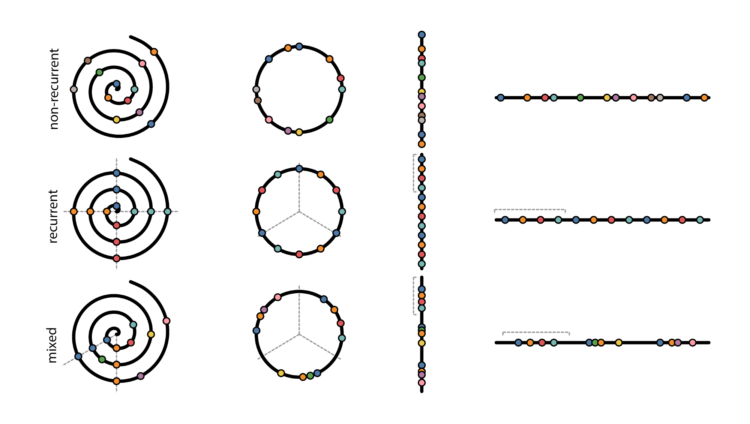
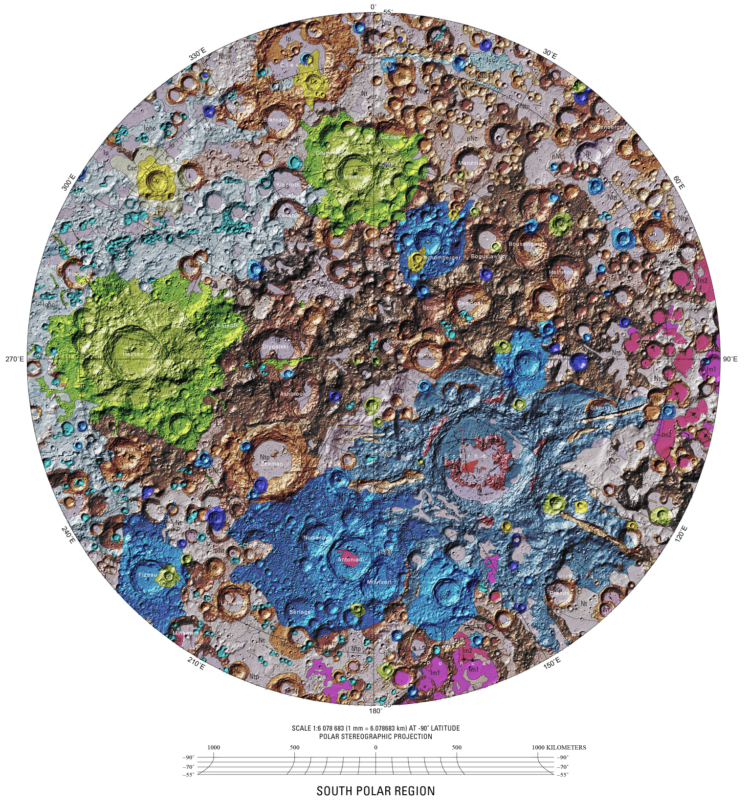
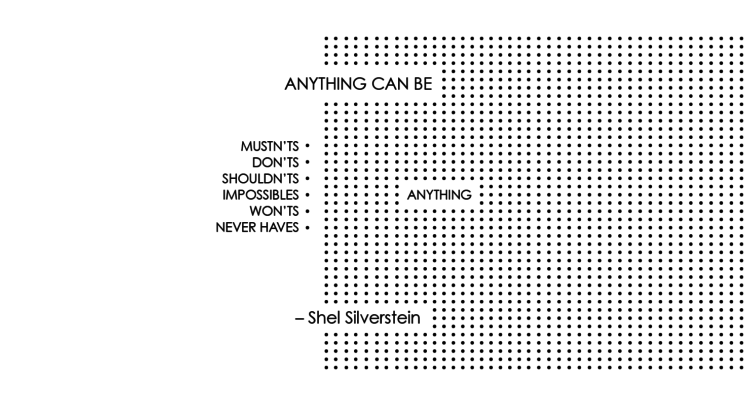
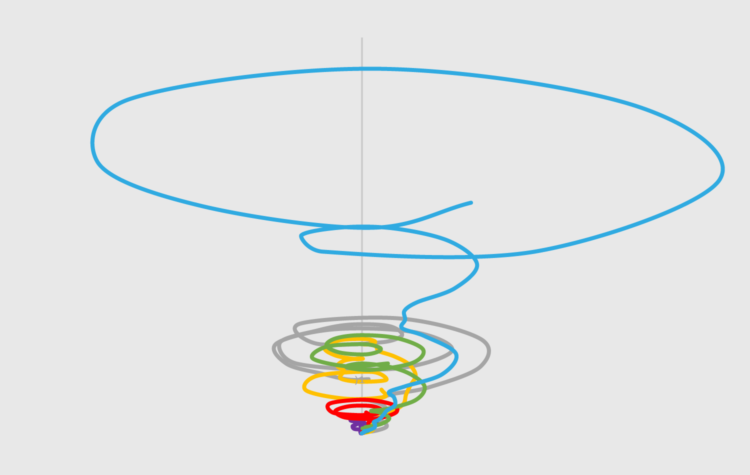
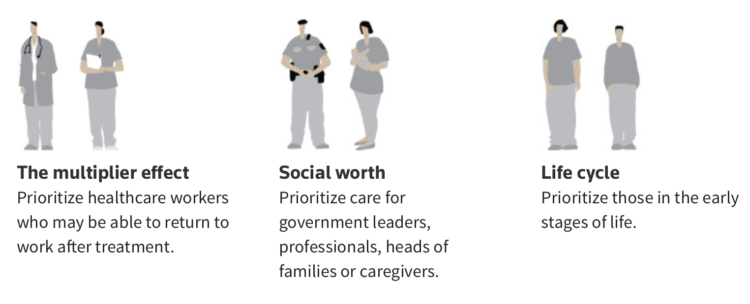

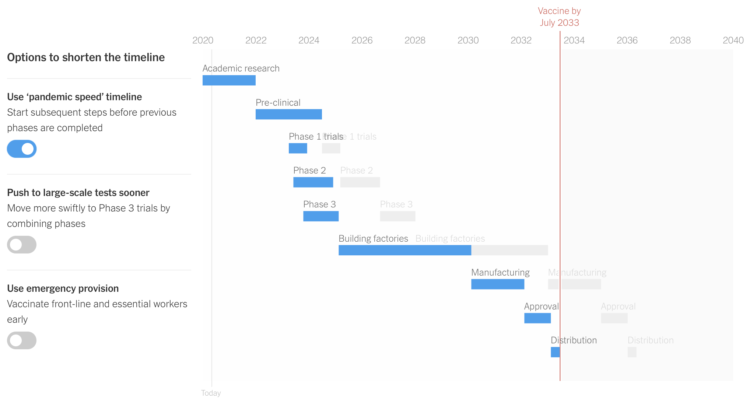
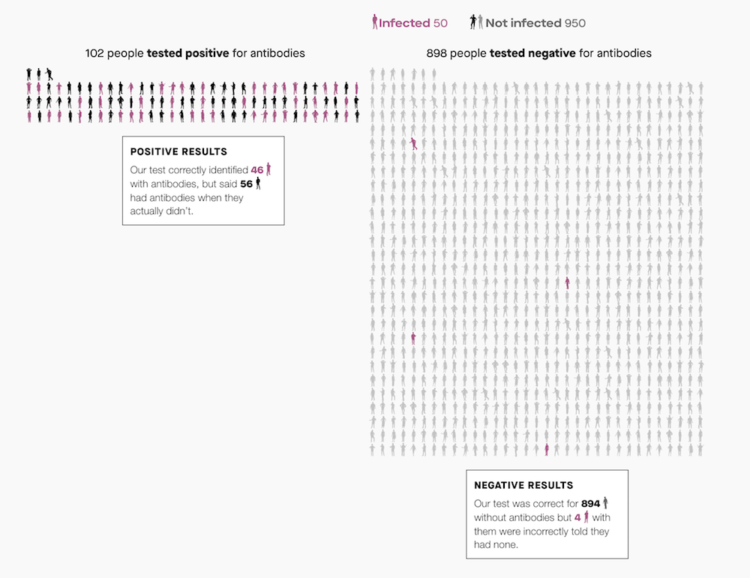
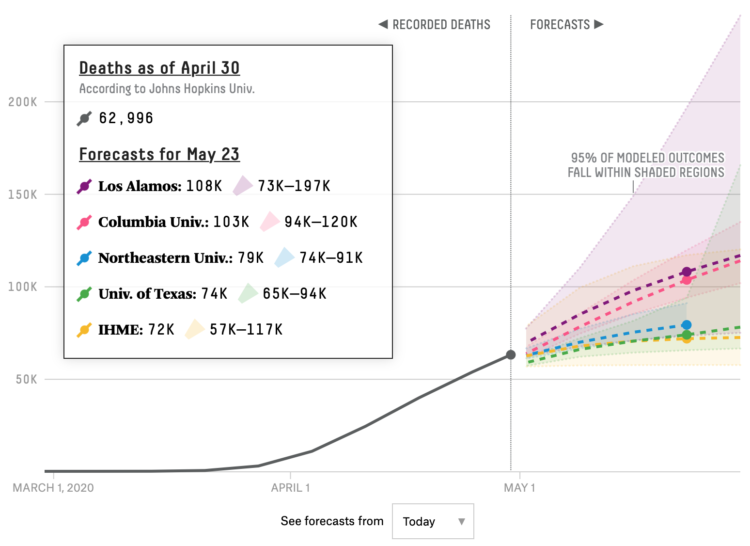
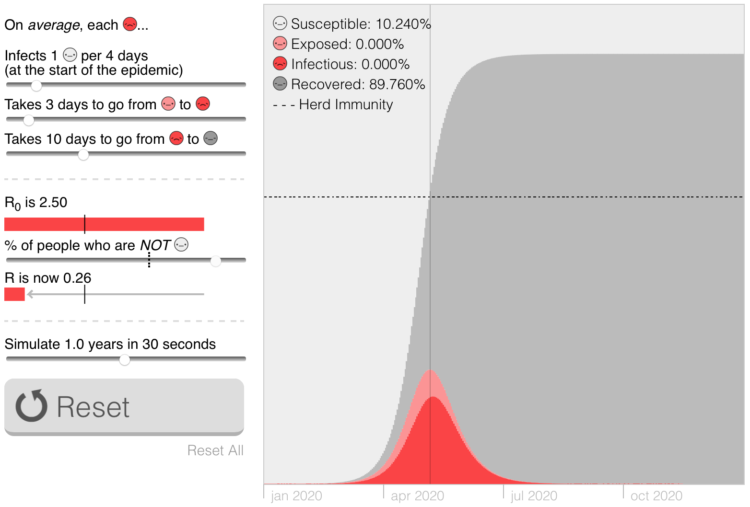
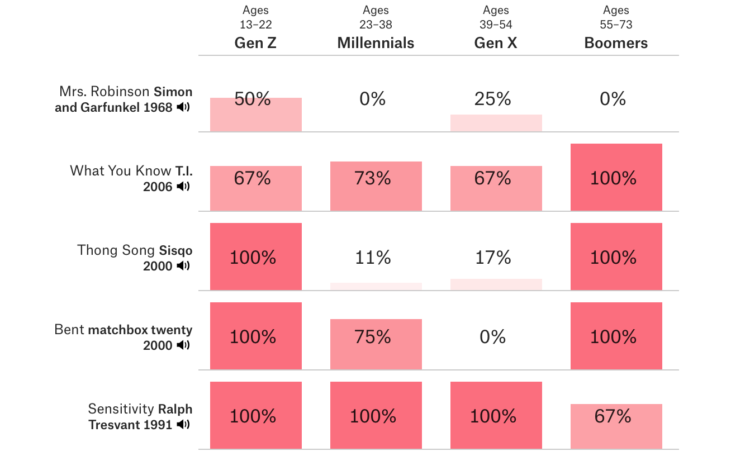
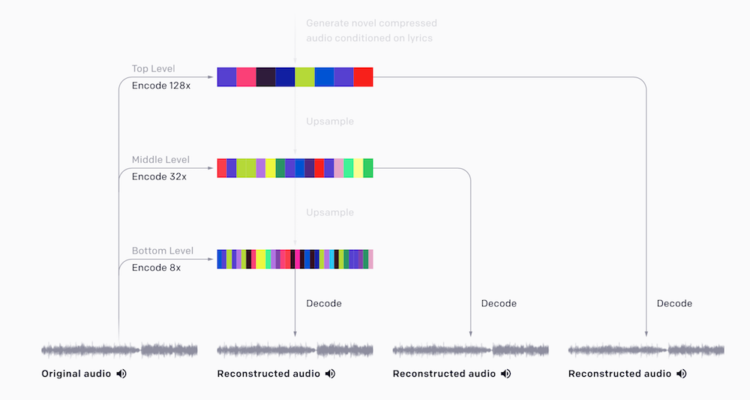
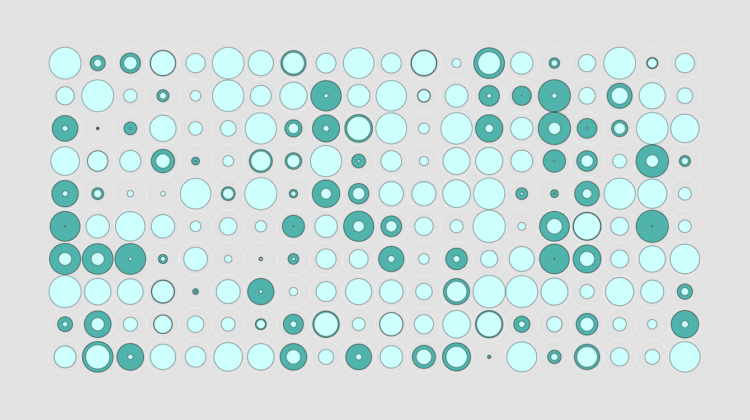
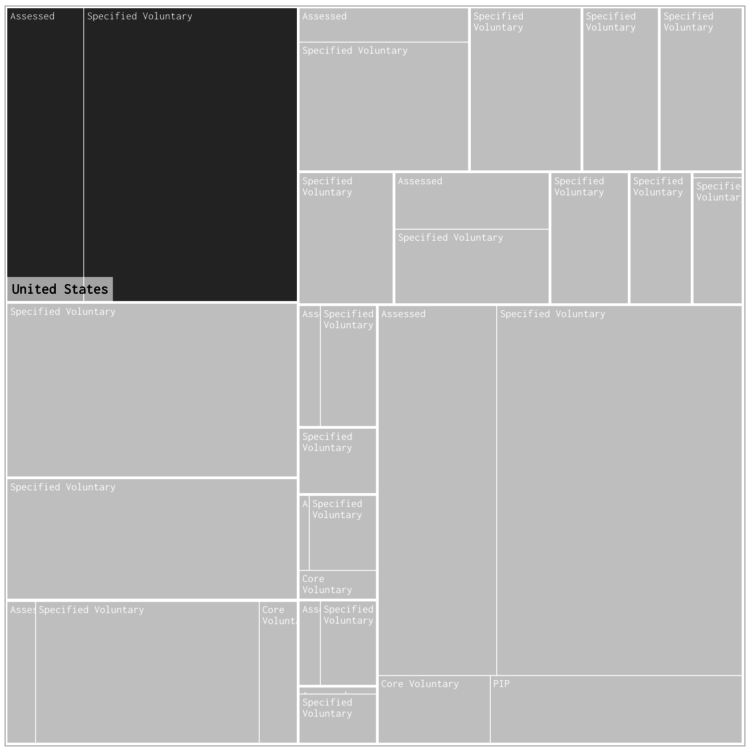
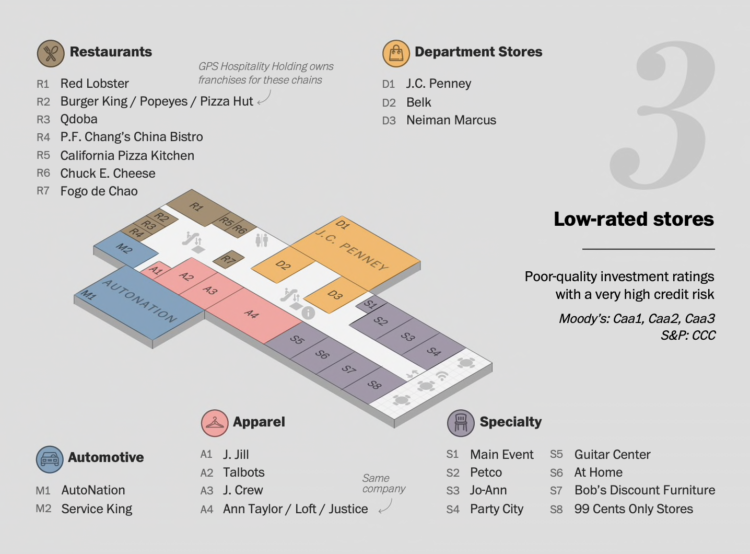
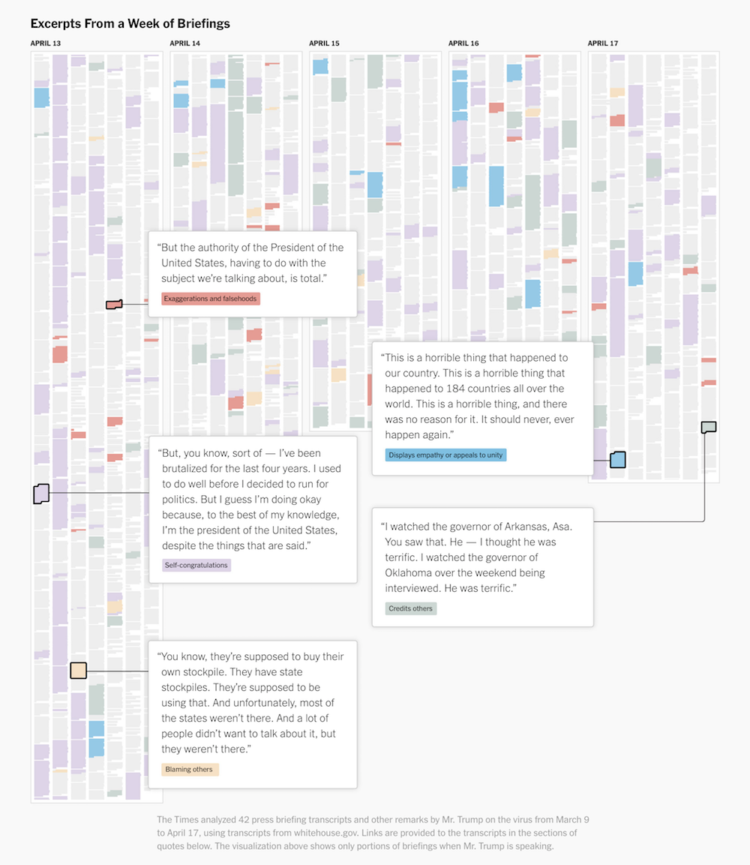
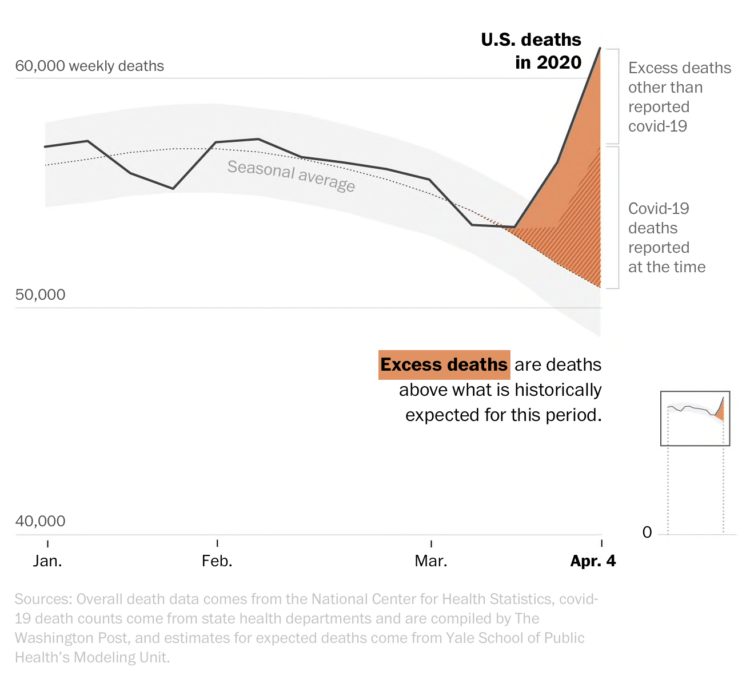
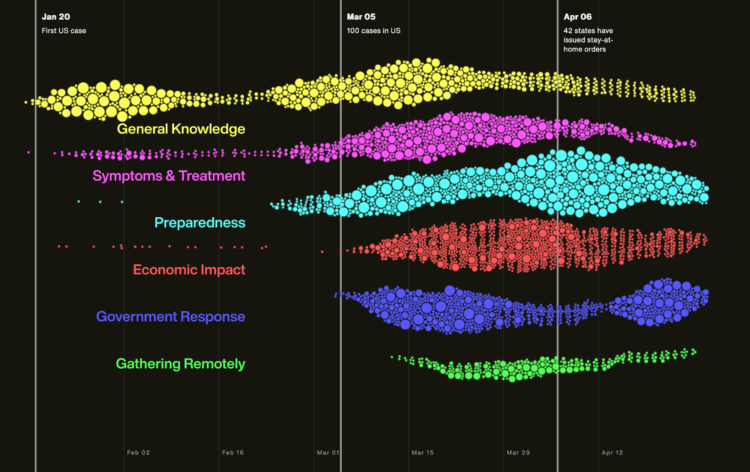










 Visualize This: The FlowingData Guide to Design, Visualization, and Statistics
Visualize This: The FlowingData Guide to Design, Visualization, and Statistics
